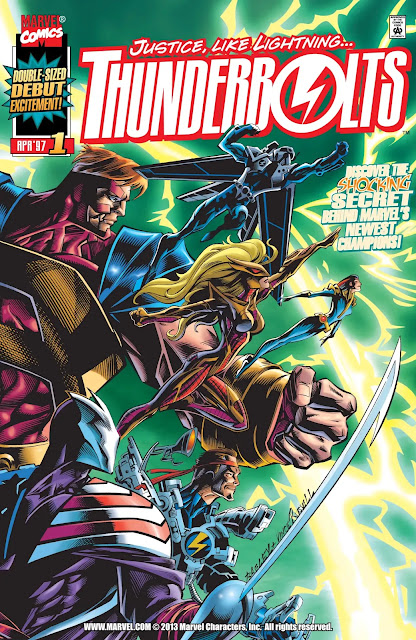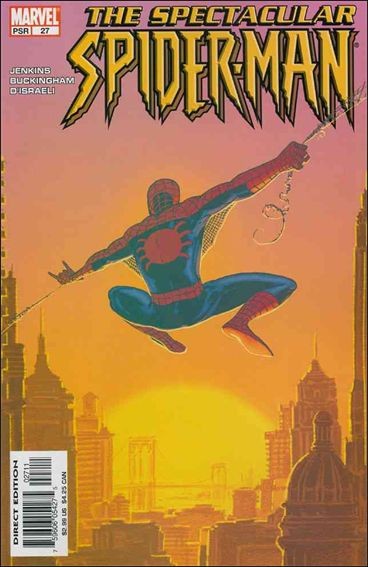The Texas Senate voted Monday, May 6, 2019, to pass HB-3, a House-sponsored school finance bill bringing massive changes to the STAAR test, the already ridiculous standardized test that is used to measure individual student, teacher, and school success. Four more writing tests have been added, raising the number of tests that Texas students need to pass in order to progress through and graduate Texas schools to 21, which includes five end-of-course tests for high school students. This number had been at 15 in 2012, dropped to a merciful 5 in 2013 after a wave of protests, and is now back at an all time high. The new assessments added focus in grades 3-8 and add, by a vote of 18-13, a new assessment in kindergarten (?!? - expletives deleted). All passed at the beginning of Teacher Appreciation Week. Go on Texas, show us how you really feel about teachers.
This of course comes after even more controversies arise surrounding the STAAR test itself. This years fifth grade STAAR test included the f-word in illustrations on 15,697 versions of a practice test. Studies have shown the STAAR reading tests are questioning kids at two grade levels higher than what the test should be. And who can forget the poet who could not answer the STAAR test questions written about her own poem.
And with all of this testing that has become a part of student's lives, Texas only ranks 40th in education. Overall it receives a C-. This breaks down into a C for Chance for Success, a C- in K-12 achievement, and a D in School Finance. And this isn't new. We've been low in the states rankings for a long time. In 2010, we were 30th.
Sadly, it's not like the United States does much better in worldwide rankings.
Let's set aside how we are failing teachers. Let's set aside having a Secretary of Education actually trying to undermine the public school system. Let's set aside the misguided hope in charter schools.
Let's just look at numbers.
According to the World Top 20 Project, a project of the New Jersey Minority Educational Development non-profit, the United States in the first quarter of 2019 rates 14th in the World's Best Education Systems. This is out of 201 world national education systems. Last year, for all of 2018, we did not even make the top 20. This list is determined based on categories that include:
- Early Childhood Enrollment Rates for 3 to 4 year old
- Primary Completion for 6 to 11 year old
- Lower Secondary Completion for 11 to 14 year old
- High School Graduation Rates for 14 to 18 year old
- College Graduation Rates for 18 to 25 year old
- Primary Test Scores for 6 to 11 year old
- Lower Secondary Test Scores for 11 to 14 year old
- School Safety Levels for 3 to 25 year old
- Out of School Children Ages for 3 to 14 year old
- Adult Illiteracy Levels for 15 year old and up
- National Student to Teacher Ratio, and
- Free Access to Schools from Early Childhood to Secondary
And yet our solution is more standardized testing across the board, a method that we know DOES NOT WORK. The Washington Post went as far as to list 34 reasons why they don't work in 2017. Among other things, commercially produced machine-scored standardized tests:
- Are unavoidably biased by social-class, ethnic, regional, and other cultural differences
- Unfairly advantage those who can afford test prep
- Radically limit teacher ability to adapt to learner differences
- Provide minimal to no useful feedback to classroom teachers
- Are keyed to the deeply flawed, knowledge-fragmenting "core" curriculum adopted in 1893
- Have led to the neglect of play, music, art, and other non-verbal ways of learning
- Hid problems created by margin-of-error computations in scoring
- Penalize test-takers who think in nonstandard ways (as the young frequently do)
- Give control of the curriculum to test manufacturers (Hello Pearson)
- Encourage use of threats, bribes, and other extrinsic motivators to raise scores
- Assume that what the young will need to know in the future is already known
- Emphasize minimum achievement to the neglect of maximum performance
- Produce scores which can be - and sometimes are - manipulated for political purposes
- Create unreasonable pressures to cheat (looking at you Georgia scandal)
- Use arbitrary, subjectively-set pass-fail cut scores
- Reduce teacher creativity and the appeal of teaching as a profession
- Lessen concern for and use of continuous evaluation
- Have no "success in life" predictive power
- Unfairly channel instructional resources to learners at or near the pass-fail cut score
- Are open to scoring errors with life-changing consequences
- Are at odds with deep-seated American values about individuality and worth
- Create unnecessary stress and negative attitudes toward schooling
- Perpetuate the artificial compartmentalization of knowledge by field
- Channel increasing amounts of tax money away from classrooms and into corporate coffers (again, Hello Pearson)
- Waste the vast, creative potential of human variability
- Block instructional innovations that can't be evaluated by machine
- Unduly reward mere ability to retrieve secondhand information from memory
- Subtract from available instructional time
- Lend themselves to "gaming" - strategies to improve the success rate of guessing
- Make time - a parameter largely unrelated to ability - a factor in scoring
- Create test fatigue, aversion, and eventual refusal to take tests seriously
- Hide poor quality test items behind secrecy walls
- Undermine a fundamental democratic principle that those closest to the work are best positioned to evaluate its quality
- According to the National Academy of Sciences report to Congress, don't increase student achievement.
Or we could look at the spike in middle school suicides, doubling between 2007 and 2014. This spike has been tied to increased pressure to achieve academically, more economic uncertainty, increased fear of terrorism, and social media. A big part of the increased pressure to achieve academically is linked to the increase adoption of Common Core standards and new, more rigorous high stakes tests over the same time period.
Experts would point to the same kind of rigorous testing in countries like South Korea and point to an important lesson we would learn regarding student resistance to the high-stakes testing environment. Instead of seeking to emulate this system, perhaps we should be wary of its potential effects like the fact that 1 in 4 youth in South Korea has contemplated suicide.
The sad thing is, we know what works. Play. Particularly in early childhood education. Perhaps Mr. Rogers knew best after all. "Play is often talked about as if it were a relief from serious learning. But for children play is serious learning. Play is really the work of childhood." Children need to be moving, to be running, to solve problems on the playground, to build, to create to laugh, to experience. And play can be guided or it can be free form, both have benefits and place in education and development. Look at Finland. Number 1 in the 2019 first quarter and Number 2 for 2018 overall. Children don't start school until age 6 in preschool and then age 7 in kindergarten. There a sizeable chunk of those student's day is devoting to play. Not the measly 20 minutes most American schools might give.
And research supports this type of learning. A research summary entitled "The Power of Play" concluded, "In the short and long term, play benefits cognitive, social, emotional, and physical development...When play is fun and child-directed, children are motivated to engage in opportunities to learn."
So why don't we do this?
One primary reason - it doesn't make anyone money. In particular, it won't make Pearson Education any money.
As of 2012, Pearson had nearly 40% of the testing market, triple their nearest competitor. That's everything from the STAAR test to the SAT prep and beyond. A hypothetical student could take Pearson tests from Kindergarten through at least 8th grade, a test they studied for using Pearson curriculum and textbooks to prepare for, taught to them by teachers certified by their own Pearson test. If at some point they are tested for a learning disability, that's also a Pearson test, and even if they dropped out, to avoid those tests, and wanted to take the GED, that's also now a Pearson test.
Pearson has enjoyed spectacular success and profits, despite their track record being littered with complaints regarding technical glitches, slow grading, and errors in their exams. Even worse, they are notorious for using horrible practices for hiring graders for their exams and for the quotas used in scores awarded particularly in the writing exams. Let's not even talk about their use of confidentiality agreements which prevent teachers from discussing errors in the exams.
Pearson has spent $160,000 in lobbying so far this year. That's down due to the monopoly they now enjoy. At their peak, they spent $1.08 million in 2011. Even to the point of hiring a former House Public Education Chairman, Rob Eiseler, in 2013. Maybe the problem's here? Or is it just me?
Perhaps it's time that our legislators should care think more what is effective for the students, than what is beneficial for Pearson.
Novel, I know.














